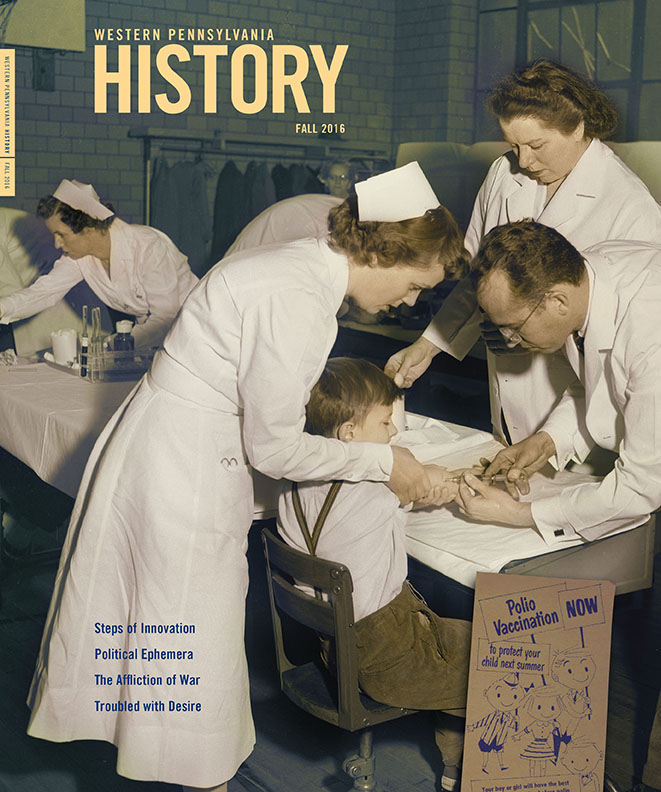Abstract
In the early days of radio, people experimented with broadcasting by communicating via Morse code with a spark-gap transmitter. Amateur radio enthusiasts built homemade receivers to listen to these early radio wave communications. World War I put a temporary stop to this amateur communication, but war research also produced improved transmissions and by the end of the war, enhanced radio transmitters enabled audio to be broadcast via the radio.
The Historical Society retains the right to reprint articles in any format or media, and retains the right to grant that permission to others.
